A Goan Christmas in Karachi
An essay on the foods with which Karachi's Goans celebrate Christmas.
FOODKARACHIFEATUREDLONGFORMWRITING
12/24/202416 min read
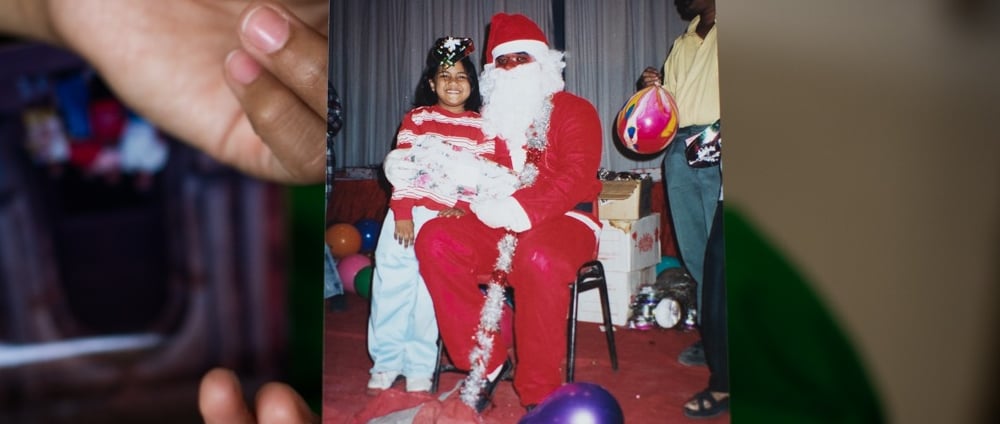

Originally published in 2023 for the now-defunct Rasa magazine. All images by Khaula Jamil, unless stated otherwise.
For Karachi’s Goans, food is a tangible tether to the city where the community has long roots — and a way to define their identity in a changing cityscape.
The scene is set in a shop called Amchem Goa, a tiny store nestled between gun shops in the colonial-era district of Saddar in Karachi. The apartments above and around us used to be full of Goan Christians, although those numbers have irreversibly dwindled, particularly since the 1970s.
Around the corner is a restaurant called Zahid Nihari, a 40-year-old establishment serving nihari, a classic North Indian dish. The restaurant represents both the demographic and culinary changes brought about by the overwhelming numbers of Partition migrants from north and central India to the city. I am talking to Luciana Fernandes, whose family runs Amchem Goa, when a man from the neighbourhood walks in.
He apologises for interrupting, fishes out some fudge candies from a jar and promises to pay her back later, only for Fernandes to remind him that actually she owes him money already. He takes a bite and mentions how the fudge reminds him of his mother, whom he misses a lot since her passing. He talks about living abroad, and they both discuss how so many people they once knew were no longer here anymore.
Then he turns to me and says: “I made a mistake coming back here. I shouldn’t have come back.”
It’s too tempting a quote to let go, and I find a lot of the story I am about to tell you within it.
Those two sentences hold the idea of Karachi’s Goans slowly fading away; of the city becoming an increasingly unfamiliar place for this pre-Independence community with long roots here; and of how food provides an emotional and tangible connection to this city, their home.
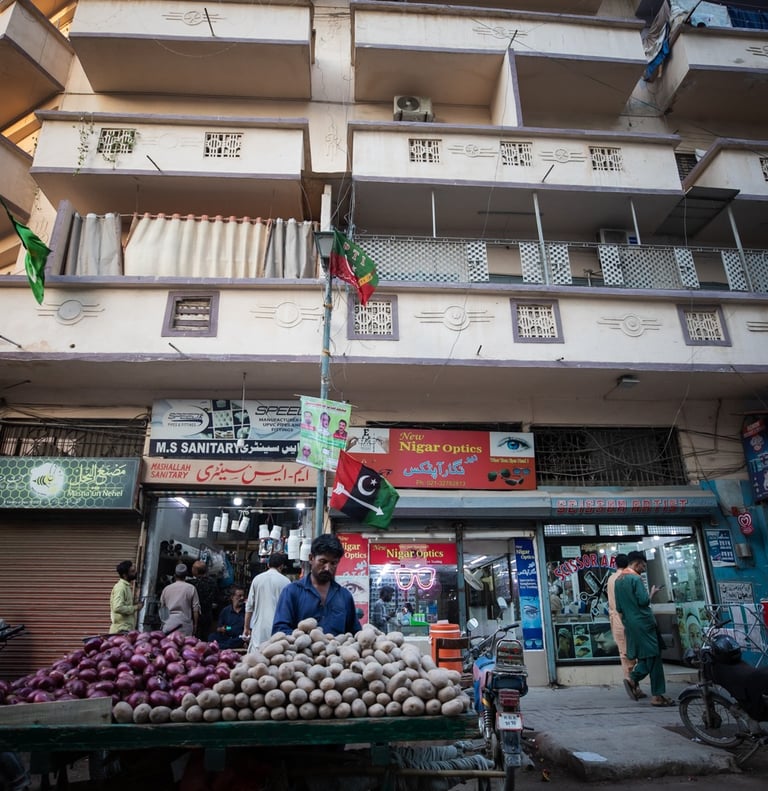

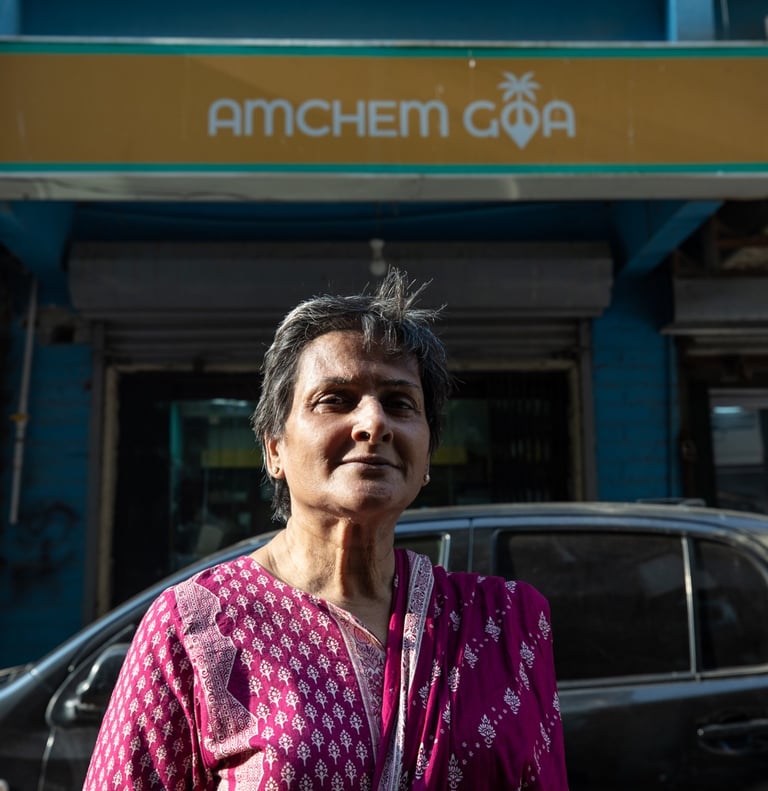

The Goan connection to Karachi goes back 200 years, when the first migrants arrived looking for trading jobs in the rapidly expanding shipping business in the city’s new port. Over the centuries, their impact on the city became etched everywhere—from its maps to its cultural, sporting and civic histories.
Just a few hundred metres from Amchem Goa is the St. Patrick’s Cathedral from the 1870s, around which the city’s Goan communities began to settle. Next to it is the even older St. Patrick’s High School, one of the country’s most acclaimed schools. Like the church, the school has been a central facet of the Goan community, members of whom constituted most of its teachers and many of its students.
The nearby areas of Garden and Soldier Bazaar have a number of roads named after prominent Goans, such as Britto Road and D’Silva Street. This was also where a Goan named Cincinnatus Fabian D'Abreo helped establish the city’s first township, Cincinnati Town (later called Garden East). Many members of the community served in Karachi’s civil administration, including Manuel Misquita, its mayor from 1945 to 1946.
Since being commissioned in 1886, the iconic stone building that housed the Karachi Goan Association has been a focal point for the community. Its vibrant music, theatre and dance scene nurtured many musicians from the community, such as Norman D’Souza, Dominic Gonsalves and Louis Pinto aka Gumby. Most of Karachi’s convent schools were staffed by Goan teachers, and members of the community represented Pakistan in cricket, hockey, athletics, billiards, badminton and more.
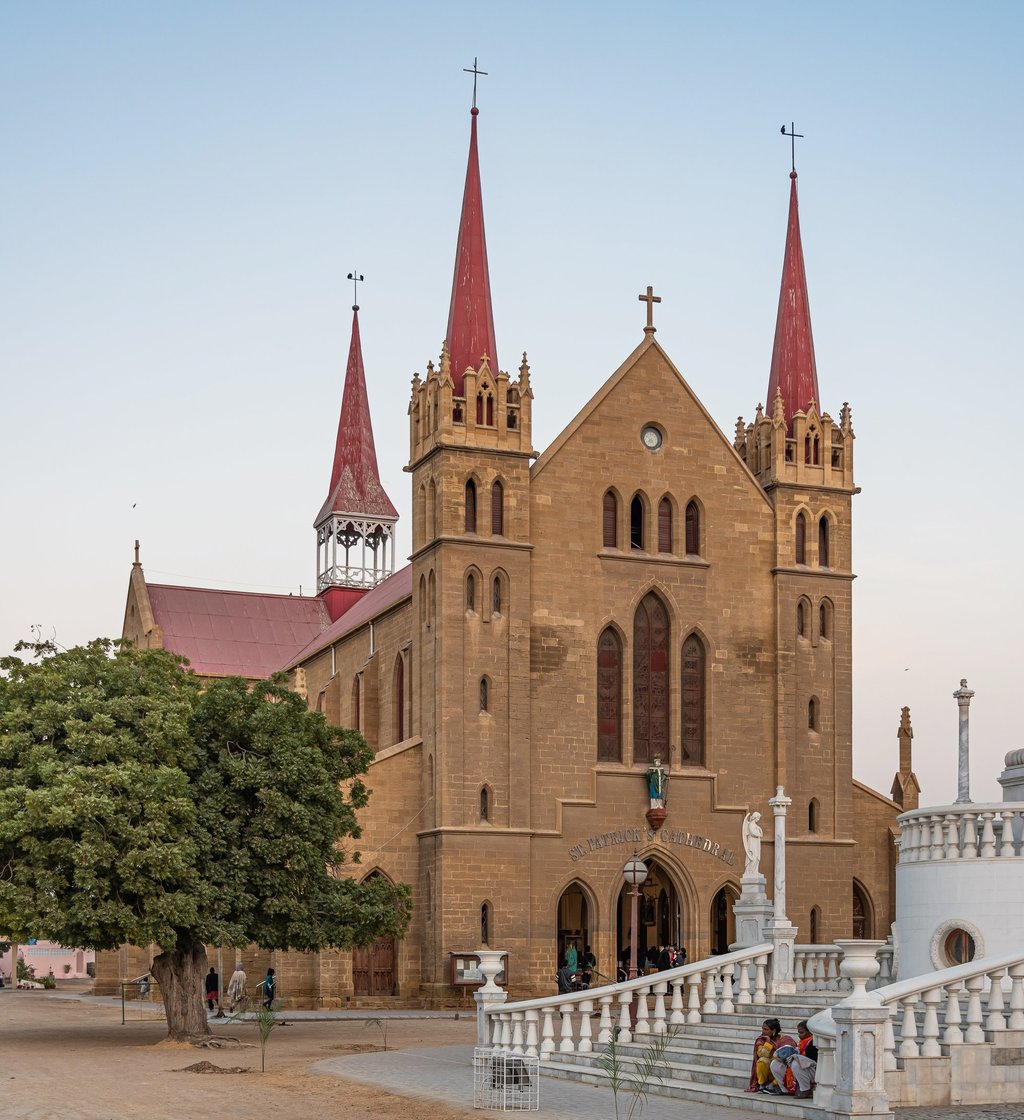

St. Patrick's Cathedral in Karachi - Wikipedia
But it is also true that almost all of these names are from the past. On August 14 this year, Pakistan’s independence day, a list made its rounds on WhatsApp of prominent Goans in Pakistani history across various fields. What stood out most for a community that has achieved so much, was how so many of those names were from several decades ago.
Karachi has changed rapidly and irrevocably since Pakistan was formed in 1947, and during that period, the Goan presence in the city has grown ever smaller. And so, while a Goan Christmas in Karachi—the highlight of the year for the city’s Goans—was once a far grander affair, it is now decidedly more faded.
“These days Christmas is enjoyable but not to that extent when my parents were there,” says Luciana Fernandes.
Fernandes is a second-generation immigrant. Her father, Nicholas Braganza, moved to the city when it was still under colonial rule. In 2019, she opened the Amchem Goa store with her family, which serves both fresh and frozen Goan sweets and delicacies such as prawn curry, bebinca and sorpotel.
In many ways, the changing nature of Christmas celebrations for the Goan community serves as a reflection of a larger change in fortunes. Fernandes explained why he thinks Christmas in Karachi has changed.
“[Back] then we had so many of our friends and all who we used to meet, but now they're all gone abroad,” she says. “So because of that, there are a lot of changes which have taken place, which sometimes [is] not very nice for us. But then we manage somehow [or] the other with family and a few friends and we manage to enjoy Christmas.”
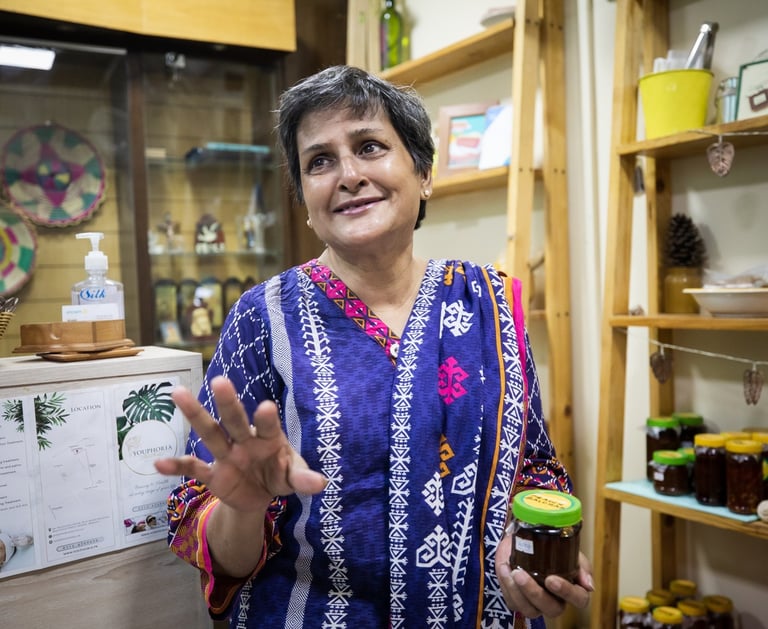

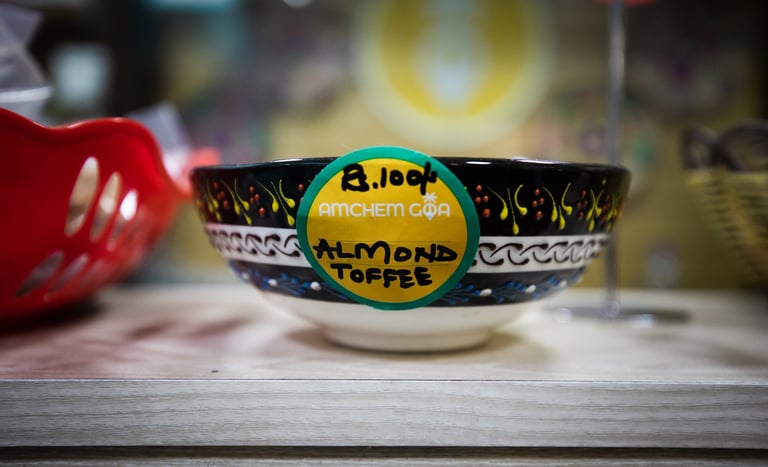

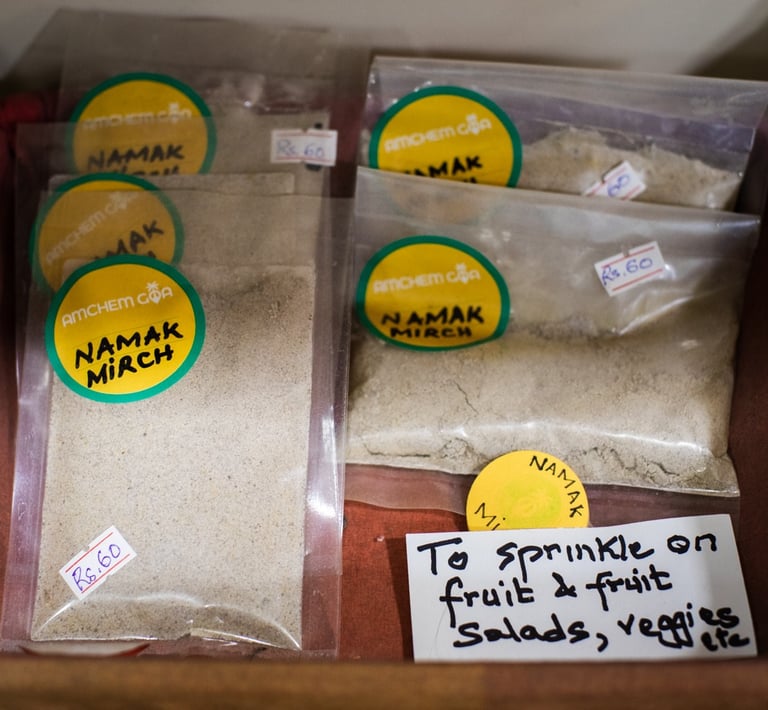

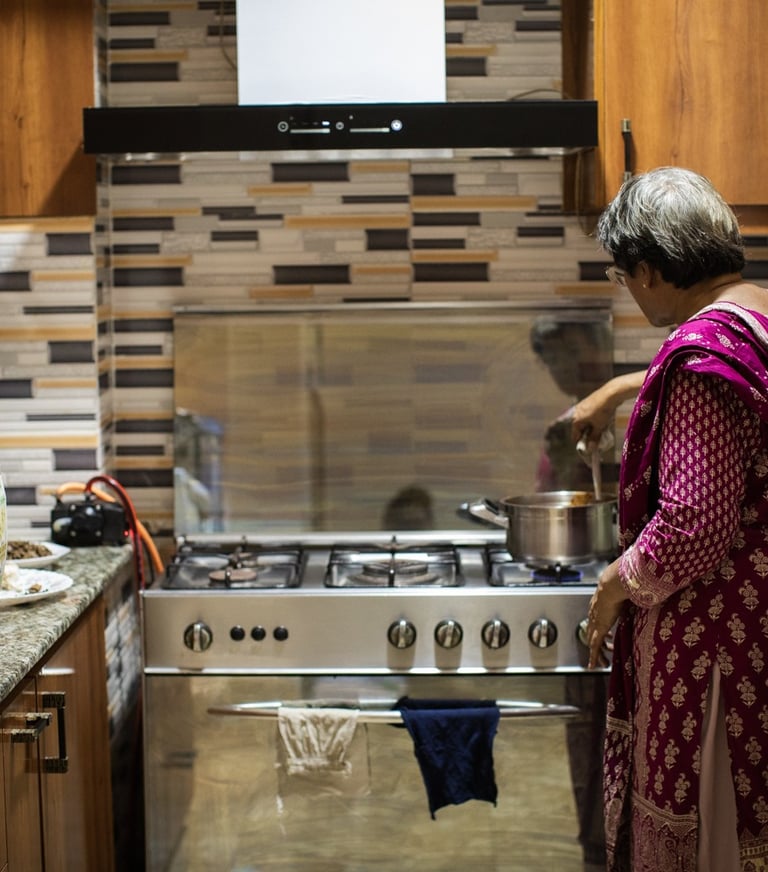

Norbert Almeida, a crisis and risk manager in the corporate sector in his mid-40s, grew up in the north of the city, away from the traditional Goan areas in the city’s centre such as Saddar. While Christmas in his own area of Nazimabad was relatively lowkey, he remembers that Christmas in Goan-centric areas was a very visible event. He described how the entire neighbourhood transformed when December rolled around.
“You could feel Christmas [everywhere], every balcony had a star on it,” he said. “There was Santa Claus hanging from the trees, there were reindeer decorations. People from the community would get together and make these themselves, you know, homemade craft. There was carol singing, people would actually knock on doors, multiple choirs [would] go around carol singing. There was even a Christmas carol competition, a kind of contest between each parish, ‘my choir is better than your choir’ type of stuff.”
That musical celebration would also result in bonfire singalongs.
“The weather was of course, you know, we don’t have winter in Karachi. But it was cooler at that time of the year. And people would have bonfires around which they would gather, play, bring their instruments. And like I said, it was a very musical community.”
Until the 1990s, Karachi would witness several weeks of widespread celebrations in December, which would culminate with Midnight Mass on Christmas Eve. The one thread that ran through each of my interviewees’ ideas of a typical Christmas was the importance of family and community.
“We had this tradition when both [our] grandmothers [were] alive, where we would go and quickly have lunch with my dad's mother, and our mom would cook something simple,” said Almeida. “Then for dinner, we would go to my Nani, my maternal grandmother's side. There, all my mom’s siblings would show up because my mom’s side was very big, and there you would have a big feast.”
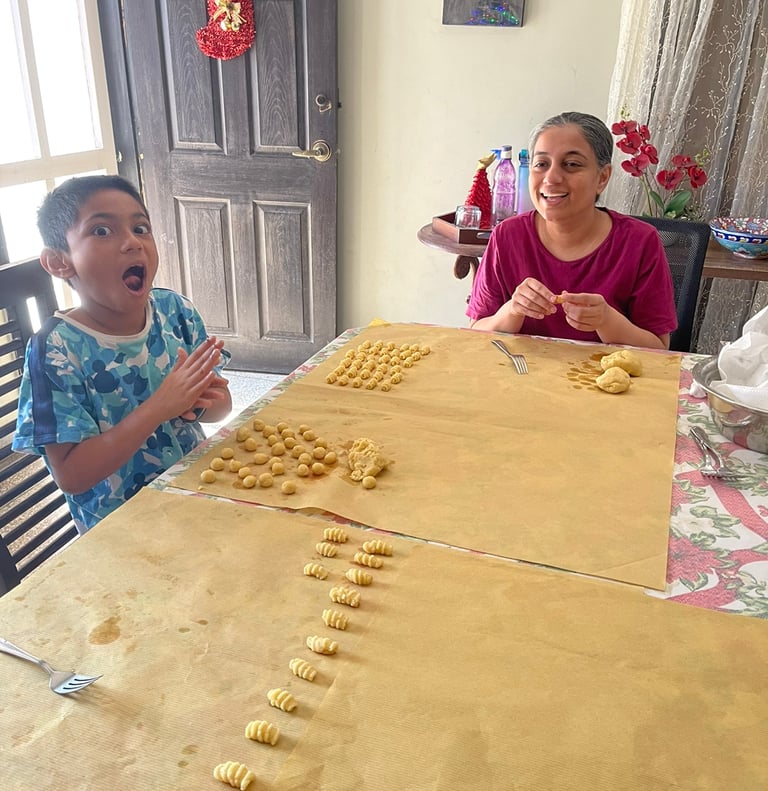

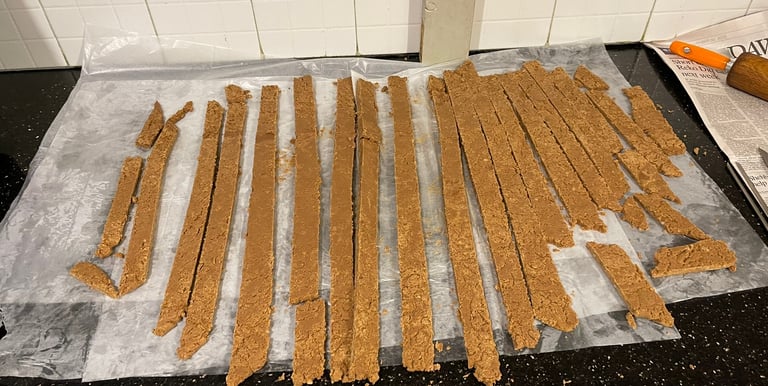

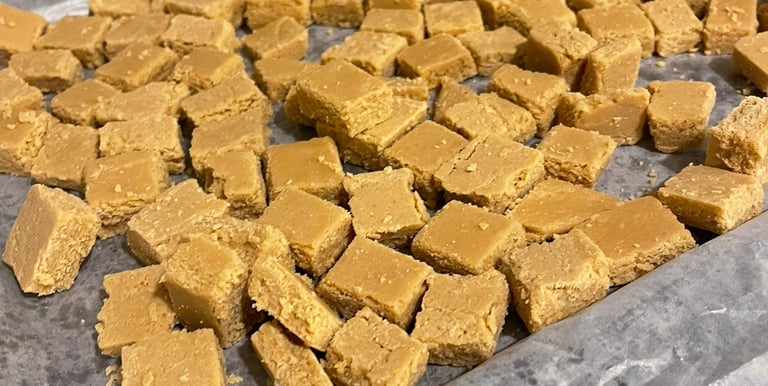

Left: Members of Norbert's family shaping sooji toffees
Right: Almond fudge ready to be eaten (all images from Norbert Almeida)
For Fernandes, the night after Mass and its parties would roll over into a big family breakfast.
“In the morning we used to have our breakfast, and then people used to start coming or we used to go to our grandparents,” she recalled. “You know, my children, we always took them to my mother's place. So we all used to collect there, then a lot of food and all different things, whatever our Goan things were there, and we used to really enjoy ourselves in the sense that you know, the atmosphere was such…people were not aloof with each other. There used to be, like, a very close-knit sort of presence.”
Christmas in Karachi has changed from its heyday when Belinda Fonseca was growing up. Fonseca is a baker in her early 30s who runs a home-based food service, and while she has certainly noticed the difference, she believes that the occasion still retains the core elements that made it special. As she notes, the main Christmas meal was always about family.
“You will always notice it’s very very close knit family and friends there—those who understand what's being served and who actually values the tradition, want to be part of it and want to carry it on,” she says.
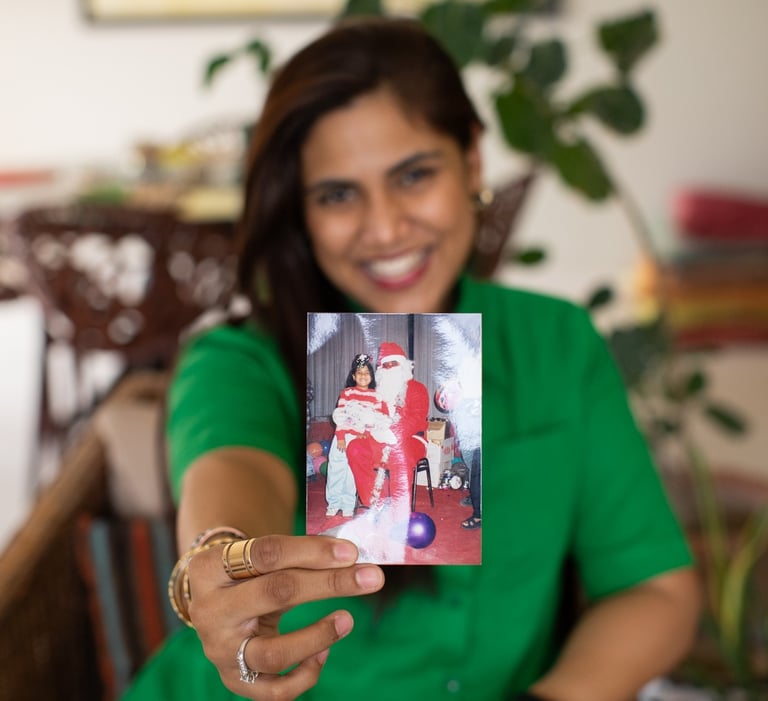

Belinda with a picture of her celebrating Christmas as a child.
When I ask all three interviewees about what to expect at a Christmas feast, each of them kicks off with a long list of sweets and toffees, a Christmas staple which was clearly a central feature in all their imaginations.
“There will be rows of cookies,” Almeida said. “There will be cocads, potato toffee, coconut toffee…there will be almond fudge, vanilla fudge, pista fudge, there will be a rich fruitcake, there will be batica which is basically a coconut cake; there will be calculs, there will be nioris, there would be nimki, there will be cheese sticks. Let's see, so I've just rattled off about ten, yeah?”
The other two had even more items that they counted off. What all these treats have in common is that making them would traditionally involve friends and family coming together in the weeks before Christmas.
Once you move past the sweets, the obvious constant is sorpotel, perhaps the most iconic Goan dish. As Fonseca puts it, “Coming towards the main course, the item that would definitely be on top of the list could be sorpotel, and traditionally it should have pork in it.” Of course, in Muslim-majority Pakistan, pork is not available.
But Almeida explained that when travel to India was easier, friends and family would bring pork sausages. “[But] there were always two variants—one with the beef and one with the pork, because not everyone could stomach the pork sausages.
Indeed, other than the difficulty of access, it appears that many of Karachi’s Goans have also lost the palate to enjoy the taste of pork in this signature dish.
Fernandes recalled her horror upon learning about all the ingredients that went into this dish.
“I was so horrified, that in sorpotel [made in Goa] they put the blood of the animal in it,” she said. “They freeze it up and then they cut it into pieces. When the person told me I was so horrified, I was like ‘and y’all eat it?’ I would never ever eat such a thing!”
As she explained, this change of taste has meant adjusting the dish for Karachi’s Goans.
“When they are making sorpotel in Goa, they put big chunks of meat, but we make it very fine and very beautifully. We cut it small, and blood toh is out of the question. Even beyond blood, some people na, they don’t want any of these, what they call it, ‘bits and pieces,’ liver and heart. That means we have made changes in the sorpotel because some people don’t like all these things.”
The sorpotel available at Amchem Goa is made of beef, but it retains the level of effort and care that traditionally goes into the dish.
“It’s a very tiring process making the sorpotel,” said Fernandes. “First you have to boil the meat, then you have to cut it into pieces, fry it, then bhoono the masala. And then you add it to the gravy and all and then the meat is added. So it’s a huge process and people don't make it and they get shocked we are making it every time [it is] stocked at the store na.”
Given that the sea literally and metaphorically connects Karachi’s Goans with their ancestral homeland, there is always a lot of seafood as well for festive meals, including Goan style curries using the signature recheado masala.
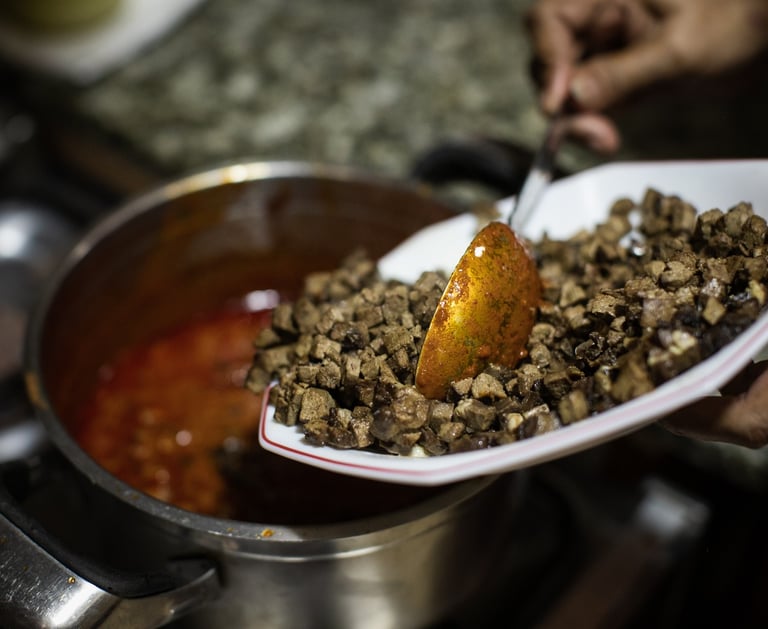

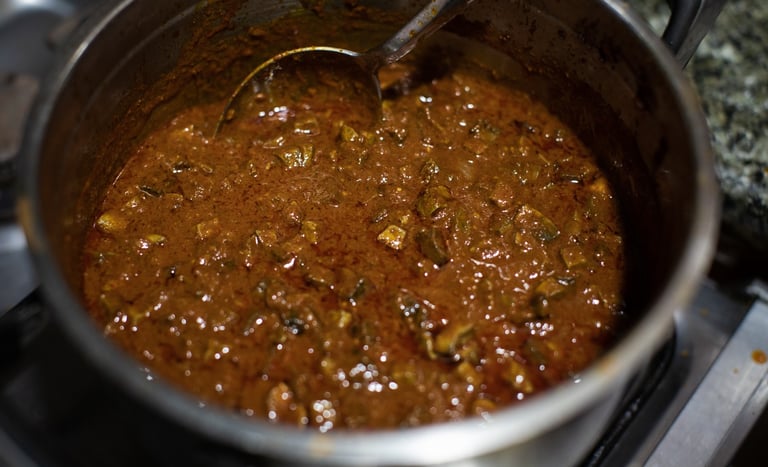

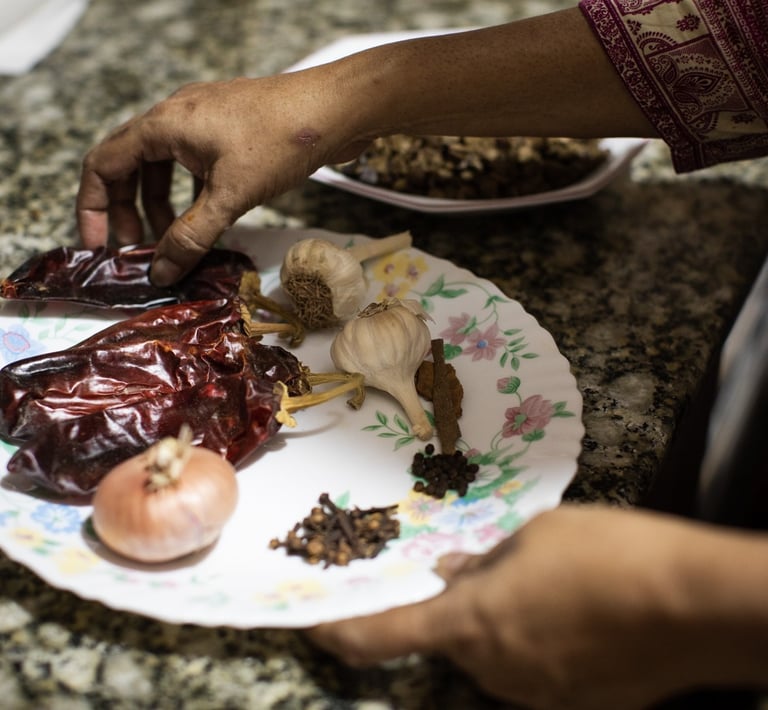

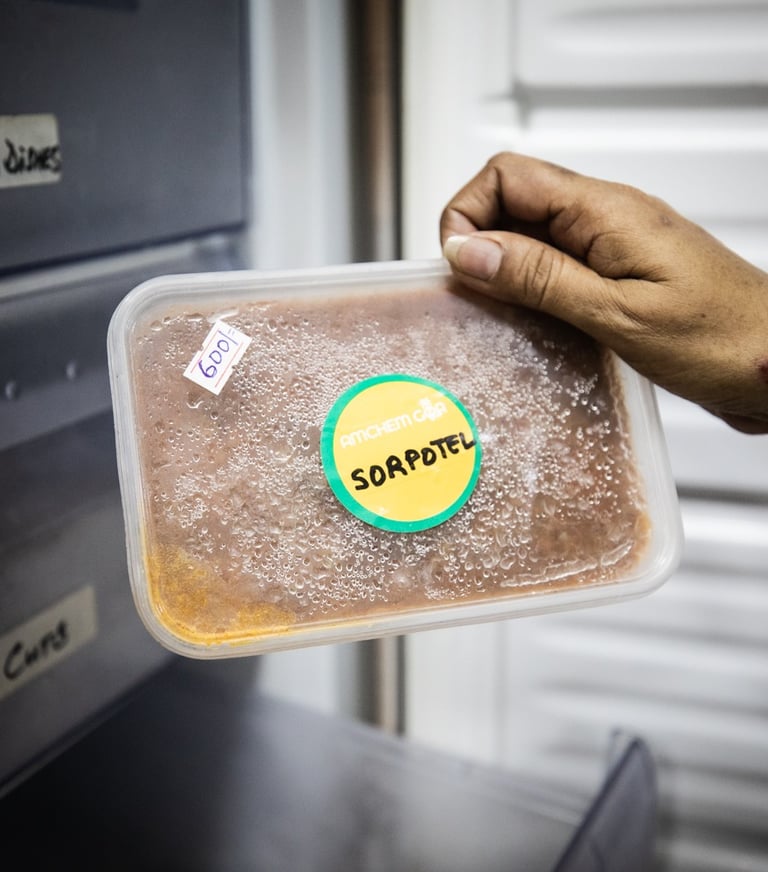

Luciana Fernandes preparing the iconic Goan dish, sorpotel
However, the reality of not living in Goa itself means that many ingredients are missing or difficult to source, and at the heart of these absences is a coconut-shaped void. Given that it is a staple of Goan cuisine, Fernandes mentions that relatives in India are often horrified when they learn that she doesn’t use fresh coconuts.
“We are not so lucky that we live somewhere where coconuts are falling on your head,” she retorts.
But the solutions and substitutions that Karachi’s Goans make do with also means that the signature taste is sometimes lost. All my interviewees mention the absence of black jaggery, which is made with coconut sap rather than the locally available variety made of sugarcane.
“There are lots of things which, you know, we are not able to make like [the original] because of a shortage and we can’t afford the fresh fruit,” explains Fernandes. “So there is a big difference in the taste when you buy something fresh and when you buy something that’s been canned— it’s not the same. And then they have the original recipes and we have done a little bit, some sort of difference, we have adjusted according to what we can manage.”
But while coconuts were at least never an easy option in Karachi, a more surprising change— given that this is a coastal city—is the disappearance of seafood from the city’s bazaars.
A famous journalist, Imran Aslam, had once remarked to me how bizarre it was that Karachi was a city by the sea and yet had no seafood restaurants. While that has changed slightly in the decade since he said that, seafood remains hard to find and is usually expensive.
Fernandes noticed the change as she was growing up in the city. She mentioned how staple fish varieties like bangra or mackerel, widely used in local Goan, Parsi and Bengali cuisines, gradually disappeared from shops.
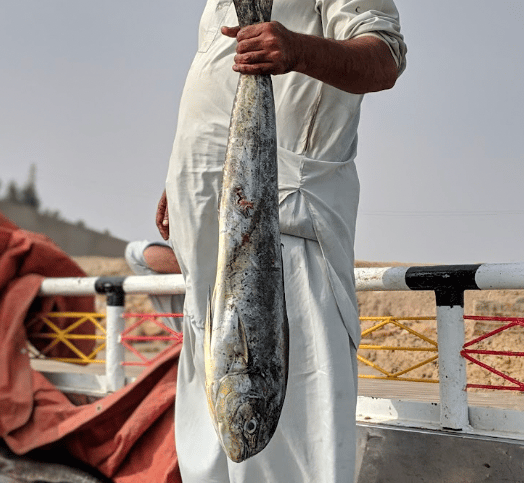

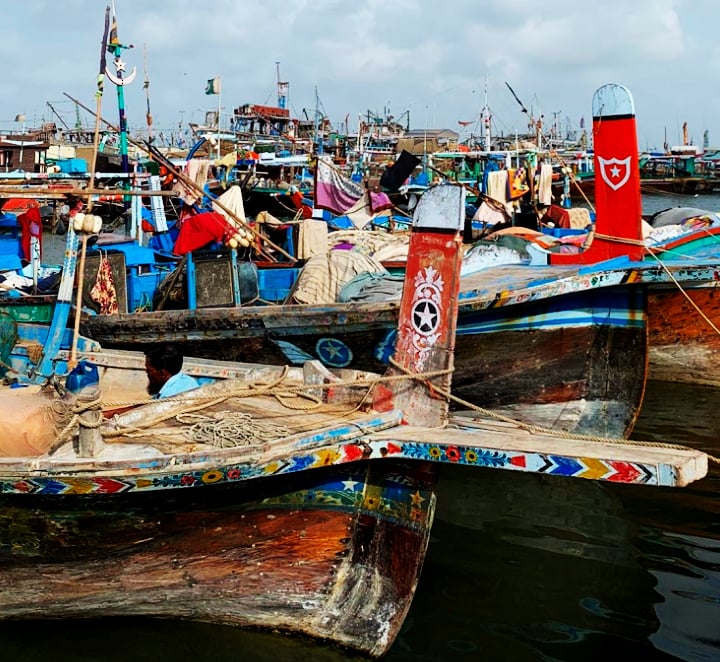

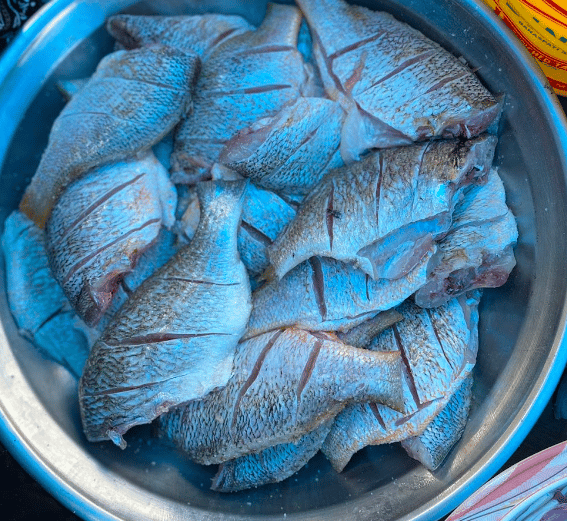

Images from Karachi's oceans and beaches. Taken by the author.
According to Almeida, this happened because of a few reasons. The first was cost.
“The options for seafood dwindled as more began to be exported and cost increased for all these things,” he said. “I think the only places you'd probably get [fresh] seafood now are those guys [in the city’s historical centre of Burnes Road] where you can get fish off the cart, but even those guys, they used to be 10, yeah? Now there will be one.”
Demographic changes in Karachi were another major reason. The migrants who arrived from India during Partition didn’t eat seafood, and for those running the local fish industry, it became more profitable around the 1980s to export it instead, as air freight became more affordable.
The absence of seafood also points to the factors that contributed to the city’s changing identity. These were well underway since 1947, when the subcontinent gained independence from the British and was split into India and Pakistan.
But the changes accelerated from the 1970s onwards, particularly after the secession of Bangladesh, although there was never any one particular reason. Travel between India and Pakistan after successive wars in 1965 and 1971 dropped off sharply and continued to get more difficult, severing the material and emotional contact with Goa itself.
Cross-border marriages between Indian and Pakistani Goans were once common, but became increasingly rare. In the mid ‘70s, Prime Minister Zulfikar Ali Bhutto’s move to appease the conservative right by banning nightclubs and alcohol had an outsize impact on the community. Many musicians lost their livelihoods. The military dictator General Muhammad Zia-ul-Haq who followed Bhutto kicked off his ‘Islamization’ policies in the 1980s, which contributed to increased hostility towards non-Muslim minorities such as the Goan Christians.
Almeida notes these factors but goes further. He mentions that from the pre-Partition years until the 1990s, most members of the community used to be employed in clerical roles in offices or as teachers. They were at an advantage due to the fact that they spoke English at home, which was a requirement in the corporate world as well as in education. This allowed poorer and lesser educated Goans to still nab better paying jobs.
But around the late 1980s, Almeida believes that a combination of complacency and limited resources caused things to change.
“When you went from typewriters to computers, suddenly Goan people were struggling, so they had to educate [themselves], and during this time, other communities instantly went and could afford to do their MBAs, did their Masters, and suddenly they were coming in and taking those jobs,” he said. “They could write those emails that you could not. And you realised that while many in the community had jobs, they didn’t have careers.”
The consequences of all these incremental changes meant that many Goans migrated abroad, while those who were left behind found themselves needing to work longer and harder to maintain their position in an increasingly homogenous society in terms of religion.
Of course, like most major changes in life, these things also affected food. The availability of specialty ingredients, particularly from India, began to disappear from Karachi’s markets. The time needed to meticulously prepare the community’s famed delicacies was also vanishing in the face of more demanding lifestyles.
Besides, the cost of most essentials began to shoot up.
“If I go back and look at the ingredient list and the pricing [from previous years] the cost to make [Goan Christmas specialities] is virtually doubling every year,” says Almeida.
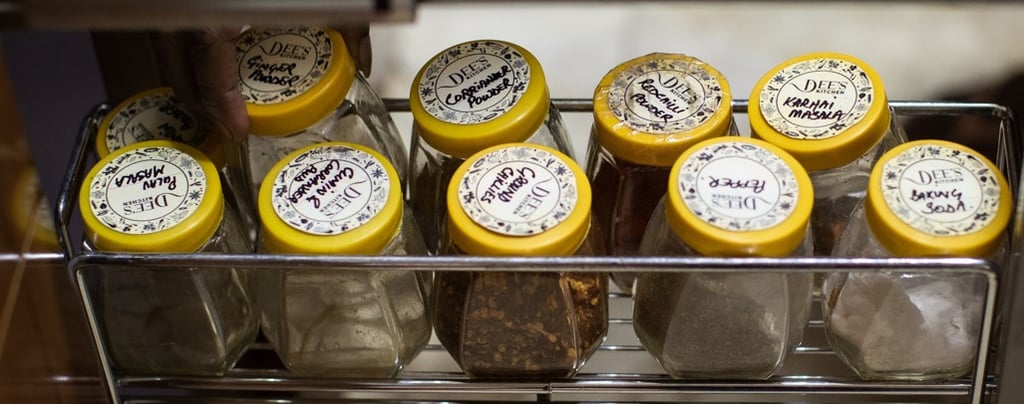

Fernandes adds that Amchem Goa remains mostly a labour of love.
“We are running at a loss [because] no one much comes anymore. Often, our visitors are Muslims who are looking to experiment with eating something new.”
But even so, Christmas remains the busiest time of the year for the Fernandes family, as many in the community order sweets and delicacies from them that they would have previously made at home. Indeed, Fonseca insists that the lack of ingredients is far from the major challenge.
“When it comes to food, generally speaking, if you really want something to be made, you can always kind of twist and turn around somehow to find a replacement,” she says. “[But] more than the ingredients, the reason why a lot of things have changed is because of people's lifestyle, you know… everybody wants everything done really quick.”
She brings this up as part of her explanation for why she still uses a sil-batta or a grinding stone, which she insists creates a better flavour than an electric blender. Fernandes, Almeida and Fonseca all noted that cookware and the materials used to make it are of paramount importance when it comes to replicating Goan flavours.
To this end, Almeida’s family keeps a range of copper utensils, even though they are expensive and tough to store. Those required to make Christmas sweets are especially pricey.
Almeida explains that copper utensils don’t retain the flavour of what was cooked in them earlier, and are thus more conducive for Christmas sweet making. During our interview, he also shows off a small stick that resembles a baseball bat—a narrow wooden pole slightly wider near the bottom—a wooden stirrer which was fashioned by his father from the handle of a pickaxe. Almeida says that wooden stirrers are far superior in quality to metal spoons, which matters when you have to spend hours churning toffees and fudges. While these tools were once ubiquitous, they are now so hard to find that Almeida makes the stirrers for relatives abroad and takes them with him as gifts.
From talking to my interviewees, it is obvious to me that people keep bringing up time, because it is the most crucial ingredient in most Goan Christmas dishes. There is an astonishing amount of prepwork that goes into each dish, which includes sifting, storing, grinding, cooking, cooling, pickling and marinating myriad ingredients.
There are toffees and fudges that have to be shaped individually, fruits that need to be marinated and protected from heat and humidity, sweets that need to be cooked and cooled with particular care, seafood that needs to be properly sourced, cleaned and stored.
Traditionally, all this work was an excuse for the larger family to come together and prepare it together. In addition, there were several local bakeries and shops run by Goans, which would both supply finished goods as well as services such as leasing their ovens for the community to bake cakes in.
Nowadays, the reality is more compromised. For the Fernandes family, the end of November heralds an exhausting period when the entire family churns out food from home for commercial orders. Given that the winters are also when the country’s gas supplies begin to wane, they often rent individual gas cylinders to keep the flames going. Despite the hardships they encounter, Fernandes says the feeling of satisfaction makes it worthwhile.
“When it comes out right, you feel a lot of pride,” she says. “We do enjoy it because it comes from the heart. When people give us these sorts of comments, you know, that ‘our grandmothers used to make it like this, or our great grandmother, and now you're making it with that same flavour and taste,’ I feel so proud that I'm doing this. And I say to myself ‘Jesus, thank you for giving me this talent, because everybody doesn't have [it].’”
To Fonseca, food is a huge marker of identity. She reasons that trying to stay as close as possible to traditional recipes allows Karachi’s Goans to maintain their identity.
“If you're actually having what is authentic, you have something to pass down to one another and you maintain what your background has given to you,” she says.
For Almeida, the importance of these traditions and the specific flavours they are associated with really hit home after his mother died. He looked up the recipe book she used to maintain, only to find long lists of ingredients with no standardised measurements and almost no instructions.
Drawing upon his own memory of helping her in the kitchen as well as help from her siblings, he painstakingly recreated each recipe, converting the hodgepodge of measurements in cups, grams and ounces into a somewhat standardised system. Almeida and his partner also make a special effort to include their sons during Christmas preps. Not only do they work around school schedules and their jobs to ensure that they are all free at the same time, but they also try to introduce little competitions and games to make the prep more fun.
The motivation behind the effort is at once simple and profound.
“We are engaging them not in any hope, but just to say this is something that we belong to,” he says.
“This is our heritage.”
Norbert's handmade mixing stick in action. Video by Nortbert.